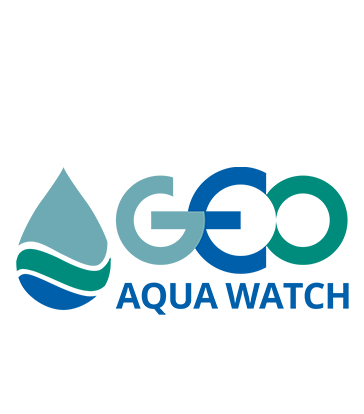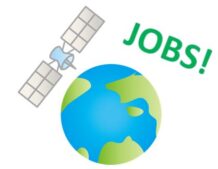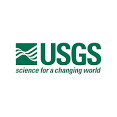Monitoring Scotland’s fresh waters from space: re-engineering the state-of-art using artificial intelligence
The studentship will be broadly structured into three inter-linked phases: (1) global model development and testing; (2) model validation for UK waters; (3) model fine-tuning and operationalisation – but with flexibility for the student to pursue other complementary research objectives as the project develops.
The studentship will capitalise on the wealth of existing data held by the Earth observation research group at the University of Stirling as well as community-owned databases (e.g., Limnades) and published datasets (e.g., Gloria). This will be augmented by in-situ monitoring data from SEPA and Scottish Water.
The ambition of this studentship is to fundamentally re-think how we use AI/ML methods for water quality mapping from space across the entire data processing pipeline, from pre-processing (e.g., atmospheric correction) through to the quality control post-processing, and possibly even for automating data interpretation. The student will work with experts in Earth observation and data science to re-engineer current approaches to the remote sensing of water quality with the prospect of the outputs of this research being embedded in future versions of the UK Lakes Observatory – our current operational water quality service. With support from key industrial partners, including the Scottish Environment Protection Agency (SEPA) and Scottish Water, this studentship has the potential to transform how we monitor Scotland’s rivers and lochs in the future.
Background:
Scotland’s freshwater ecosystems are under significant pressure from a range of stressors including inputs of diffuse pollution from agriculture, wastewater spillages from combined sewer outflows, and the increasing occurrence of hydroclimatic extremes (Marsden & Mackay, 2001; Krokowski, 2022; May et al., 2022). Identifying and understanding the effects of these pressures on water quality is pivotal to inform management and restoration strategies, to apprise future regulatory and policy frameworks, and ultimately to protect biodiversity and human health. However, organisations across the water sector, from government regulators through to water utilities, are finding it increasingly challenging using traditional methods to collect the data they need to evidence decision-making. What is more, the move towards net zero operations is forcing the industry to re-think its use of resources and to seek ‘smarter’ ways of collecting and using data.
Monitoring water quality at scale has always been a challenge. Conventional sampling programmes are resource intensive and, while networks of high frequency autonomous sensors hold much potential, high capital and maintenance costs remain a barrier to deployments at scale. Conversely, satellite remote sensing provides a relatively cost-effective means of collecting data on surface water quality over large geographical scales – while also providing observations at a frequency that enables both short-term events (e.g., storm-induced sediment resuspension, algal blooms) and longer-term changes (e.g., those driven by catchment land-use and hydroclimate change) to be resolved. However, the accurate estimation of water quality parameters (e.g., turbidity, chlorophyll-a) remains a challenge for applications over inland waters – particularly for smaller waterbodies only observable from platforms such as the Copernicus Sentinel-2 constellation (Palmer et al., 2015).
Much effort has been invested over the last decade in the development, validation, and fine-tuning of algorithms for the retrieval of water quality parameters from satellite data. Various solutions have been proposed from relatively simplistic empirical models to more complex physics-based solutions (Neil et al., 2019). Recently, there has been renewed interest in the application of artificial intelligence and machine learning (AI/ML) approaches to overcome some of the common limitations of more conventional solutions to the inversion of satellite data. Numerous AI/ML methods have been used to assist water quality mapping from space (Pahlevan et al., 2021; Werther et al., 2022; Yang et al, 2022), some with notable success but, in spite the ever-increasing research base, there remains little consensus on what AL/ML methods perform best and how to apply them.
FIND OUT MORE AND APPLY NOW:





